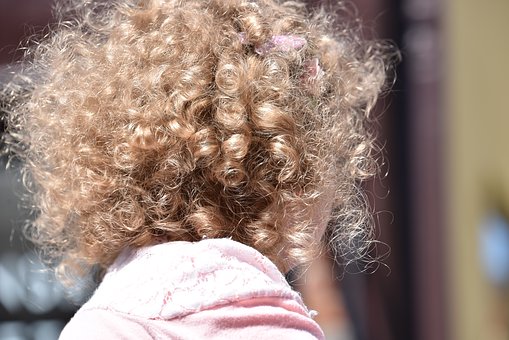
For many years hair types were classified in the usual categories of straight, curly and wavy, now more and more a classification coming up is “biracial”. This is not a new name by any means, but the number of persons in this category has grown more widespread with the increase in inter-racial marriages.
There are so many combinations, black/white; oriental/spanish; white/middle eastern etc. that advice on how to care for the hair has become a little complicated. Observe the number of questions on hair care and one can no longer do a blanket statement on how to care for the hair. For example, if the hair in question is more on the super curly side as opposed to someone with a straighter spiral curl, the products required will differ. Depending on the genetics, the client might be able to use products for curly hair as well as straight.
I cannot tell you how many times I have had to inform clients that the Youtuber giving her hair advice has different texture and is therefore not qualified to provide product recommendations. This is particularly interesting when the advice is about growing long hair past the shoulders: unfortunately, genetics is always going to win and no amount of product will give you massive volume without extensions. Say you are choosing gels, for example, gels for straight hair usually causes white flakes on curly hair while gels for curly hair will make straight hair more greasy.
A single head of bi-racial hair, can have over 3 textures: Wavy in the nape, curly to super curly on the occipital and on the sides and almost like straight at the front. This is the make-up I have become accustomed to seeing. Where this becomes a problem is when the client wants to use a relaxer. The nape and the front will go straight really quickly. The curly section will take time to relax and the super curly section will straighten and become overprocessed because of it. The client will always have an issue with this section because it will also break more easily but curl up within 2 weeks. You will hear requests like: this area did not relax, can you leave it on longer?
When you have to work with this type of hair, just be mindful of the different textures and use products accordingly. I like to see the hair in its natural state before doing a service so I can make a reasonable judgement. After this, you will be able to give proper recommendations for home care to the client.
By Paula Barker, Silkielocks.com
Buy my e-book: Dreadlocks: a Hairstylist’s Manifest (Silkielocks.com, Amazon.com)
Call (613) 789-2179 now to book your appointment if you are in the Ottawa, canada area.


Recent Comments